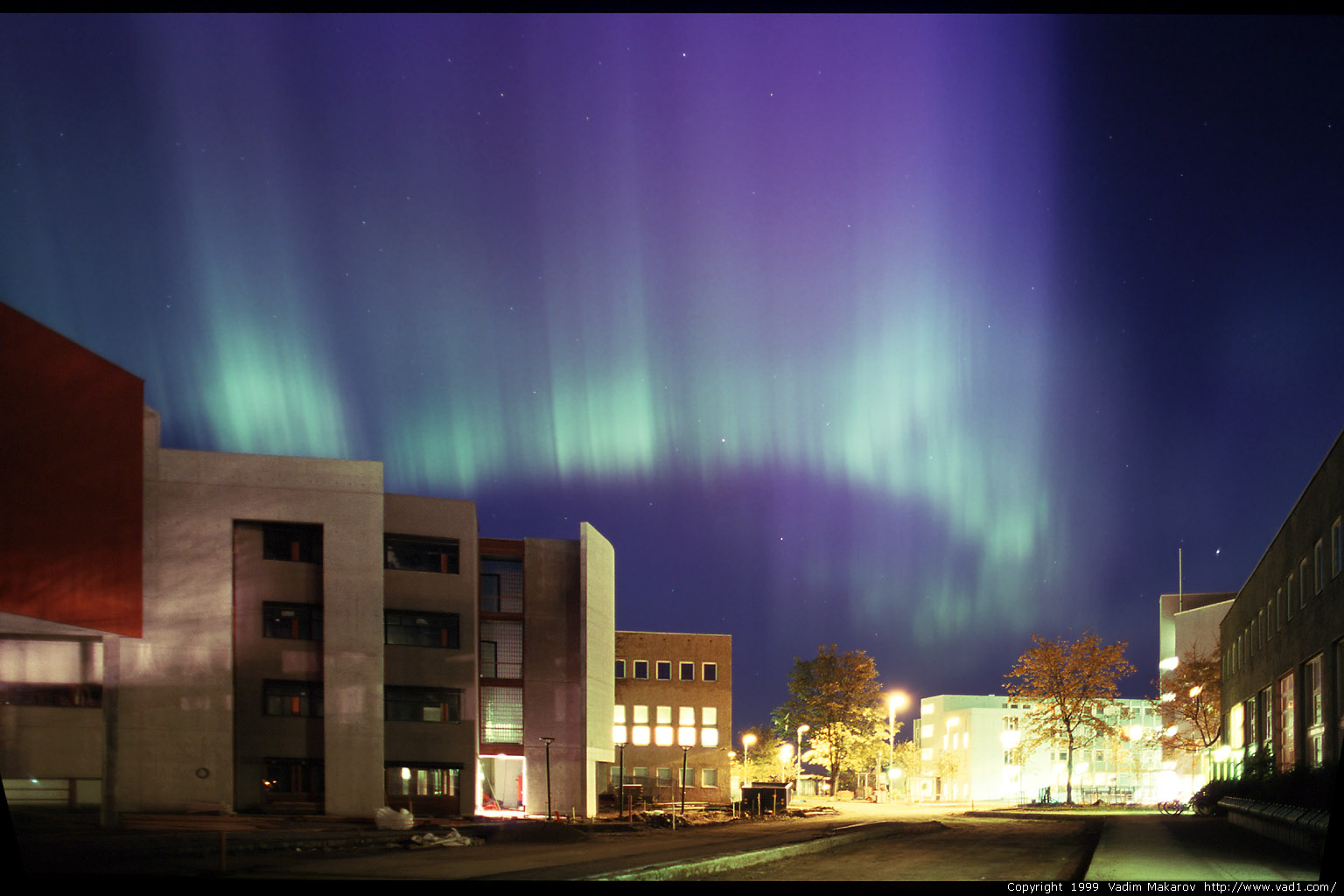FY3451: Astrophysics IIH 2024The course aims to provide a more advanced discussion of selected topics in astrophysics, in particular fusion and nuclear reaction, final stages of stars, high-energy processes plus some extragalactic astrophysics. The course is taught regularly in the autumn semester starting from 2021; the selection of topics is still adaptable. FY2450 Astrophysics (or an equivalent course) is not a prerequisite for this course - but is a useful preparation for "astrophysical" thinking. Lecturer, time and place:Michael Kachelrieß, email; office: D5-123Lectures: Monday 14.15-16.00, Realfag C4-118. Lectures + Exercises: Thursday 14.15-16.00, Realfag C4-118. Plan of the lectures:Week 34: Overview, radiationWeek 35: Equations of stellar structure Week 36: Stellar structure, stellar models Week 37: Stellar models, nuclear reactions Week 38: interstellar medium, (minimal) fluid dynamics, turbulence Week 39: turbulence, accretion, Week 40: home exam Week 41: supernovae, pulsars, Thursday: guest lectures PWN Week 42: supernova remnants, GRBs Thursday: guest lectures binaries; slides on binaries; Week 43: Cosmic rays and acceleration; CR sources Week 44: High-energy processes; guest lectures TDE; slides on TDE's Week 45: High-energy processes, active galaxies Week 46: Active galaxies; dark matter Week 47: dark matter PensumThe pensum is defined by the content of the lectures. We will follow roughly my lecture notes (which are still pretty rough and will be updated during the course), see the link below. The number of excellent text-books on astrophysics is large: Check out the library to find book(s) suitable for you. Some recommend ones are
Lectures notesYou can find a 2023 draft of the notes here, an updated version (1.Nov.) is here, If you find errors, let me know. You can obtain a maximal bonus of 5% for finding errors in the lecture notes: 5% for the student finding most errors, 4% for second most, etc. Email errors to me.Corrections:Language corrections are welcome, but not listed below
ExercisesWeek 36: exercises 1 and solutions.Week 37: exercises 2 and solutions. Week 38: exercises 3 and solutions. Week 39: exercises 4 and solutions. Week 42: exercises 5 and solutions. Week 43: exercises 6 and solutions. Week 44: exercises 7 and solutions. Week 46: exercises 8 and solutions. Week 47: exercises 9 Home ExamThe one-week home exam in the middle of semester will count 33% of the final mark. The exercises will be available Thursday, 26.09. after the lectures. Or you can download the exam here after 16.15. Solutions should be handed in before Monday, 07.10, latest 14.15, via inspera. If it is not working, in the lectures, my mailbox (D5-166), or by email.For (concise) solutions see here. Exam and MarksThe mark for this course will be based on a home exam counting 33% and a final exam counting 67% to the mark. The final exam takes place 26.11. in Sluppen. The exam with solutions from 2021 can be found here, from 2022 here, from 2023 here.Marks and solutionFor a sketch of the solutions see here. The distributions of marks was
|
|
Michael Kachelrieß
|
||||||||

